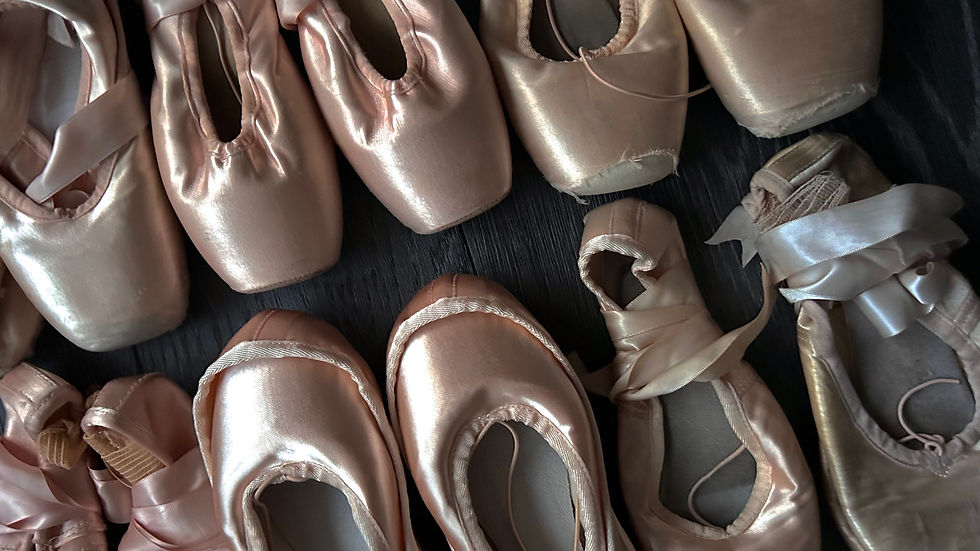To Heal is to Move
- koelm0106
- May 11
- 2 min read
Updated: 3 days ago
Healing is often misunderstood as a destination, a final point of recovery. But in reality, healing is a process. It’s a continual attempt to achieve balance, clarity, and connection. It involves the mind, the body, and the emotions. Often, the most effective forms of healing aren’t just verbal or medical - they’re embodied. Sometimes, in movement and space.
Dance, like all forms of intentional movement, has been proven to impact both the brain and body in profound ways. According to the British Science Association, when we dance, our brains release a combination of endorphins and serotonin, which are chemicals that elevate mood and ease stress. At the same time, cortisol, the hormone associated with anxiety and tension, decreases, Complexions Dance Organisation states.
Moreover, dance improves neuroplasticity, which is the brain’s ability to form new neural pathways. This has been shown to enhance memory, focus, coordination, and emotional regulation. A 2023 review of dance therapy found that regular participation improved memory, language skills, and attention in older adults and people experiencing early cognitive decline and diseases like Parkinson’s. Beyond clinical results, researchers at Harvard Medical School show that dance is especially powerful because it engages multiple brain regions at once, such as the motor cortex, somatosensory cortex, basal ganglia, and cerebellum, combining music, movement, emotion, and memory in a way that few other activities can.
Physically, dance builds stronger posture, balance, and improves flexibility, and its impact goes deeper than surface strength. Consistent movement has been linked to better sleep, body awareness, and stronger sense of spatial control. Feeling more at home in your body can feed into a deepened sense of confidence and well-being.
Perhaps even more profoundly, dance creates space for emotional release. It gives people a language beyond words and a way to express what they may not yet be ready or able to articulate. For some people where speech may falter, the body can still speak. Movement can become catharsis. According to UCLA Health, improvised dance has been proven to support people navigating trauma, anxiety, and overwhelming emotion. In therapeutic settings, free-flowing movement can enable healing that feels intuitive and deeply personal.
Dance has remained a reliable tool for reconnection across time and cultures. It is embedded in ceremonies of grief and happiness, and in rituals of identity and remembrance. Even if performed in a studio or in solitude, dance has always been a way to return to ourselves - to move through pain, make meaning, and to remember that healing doesn’t always require stillness. Sometimes, it just begins with motion.

By Koel Malhotra



Comments